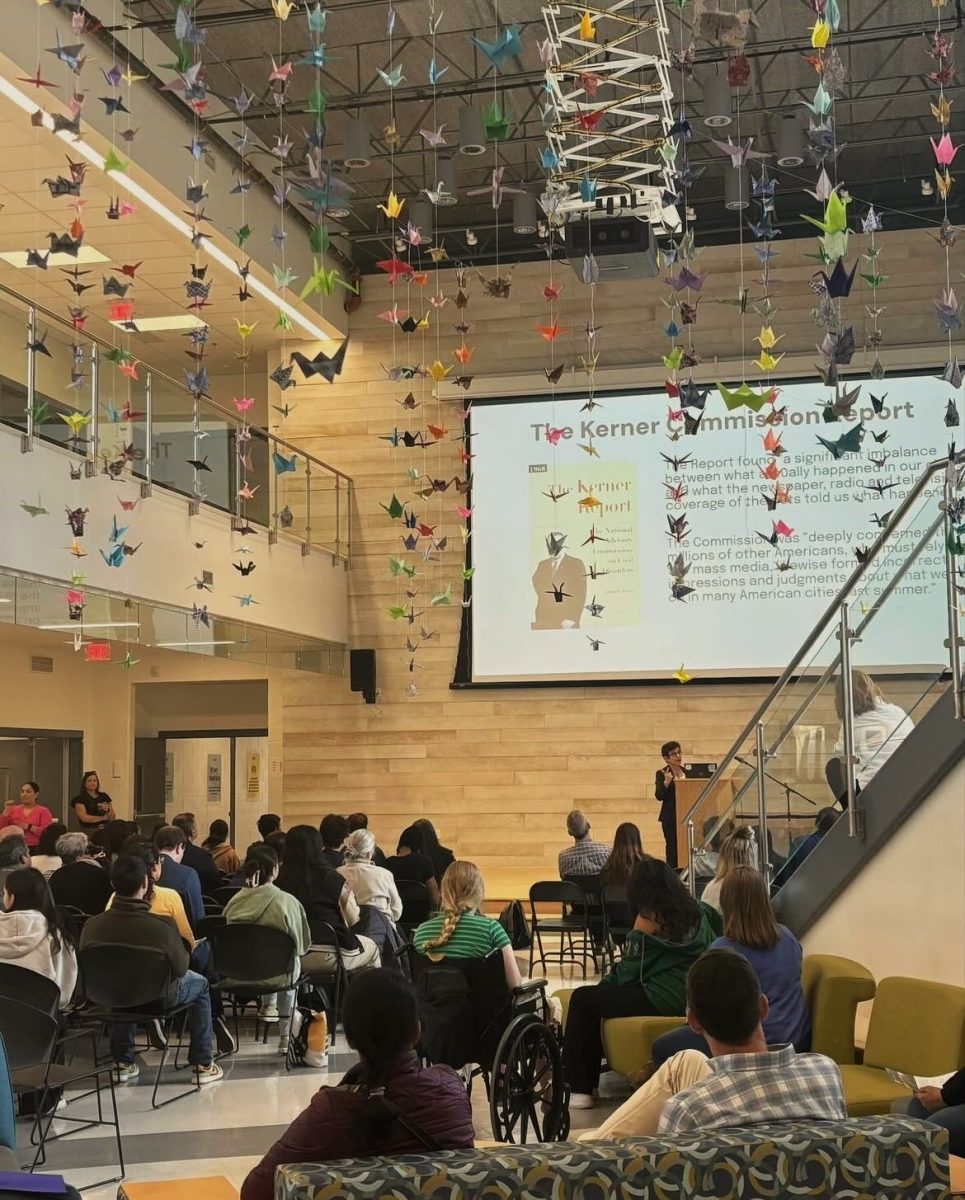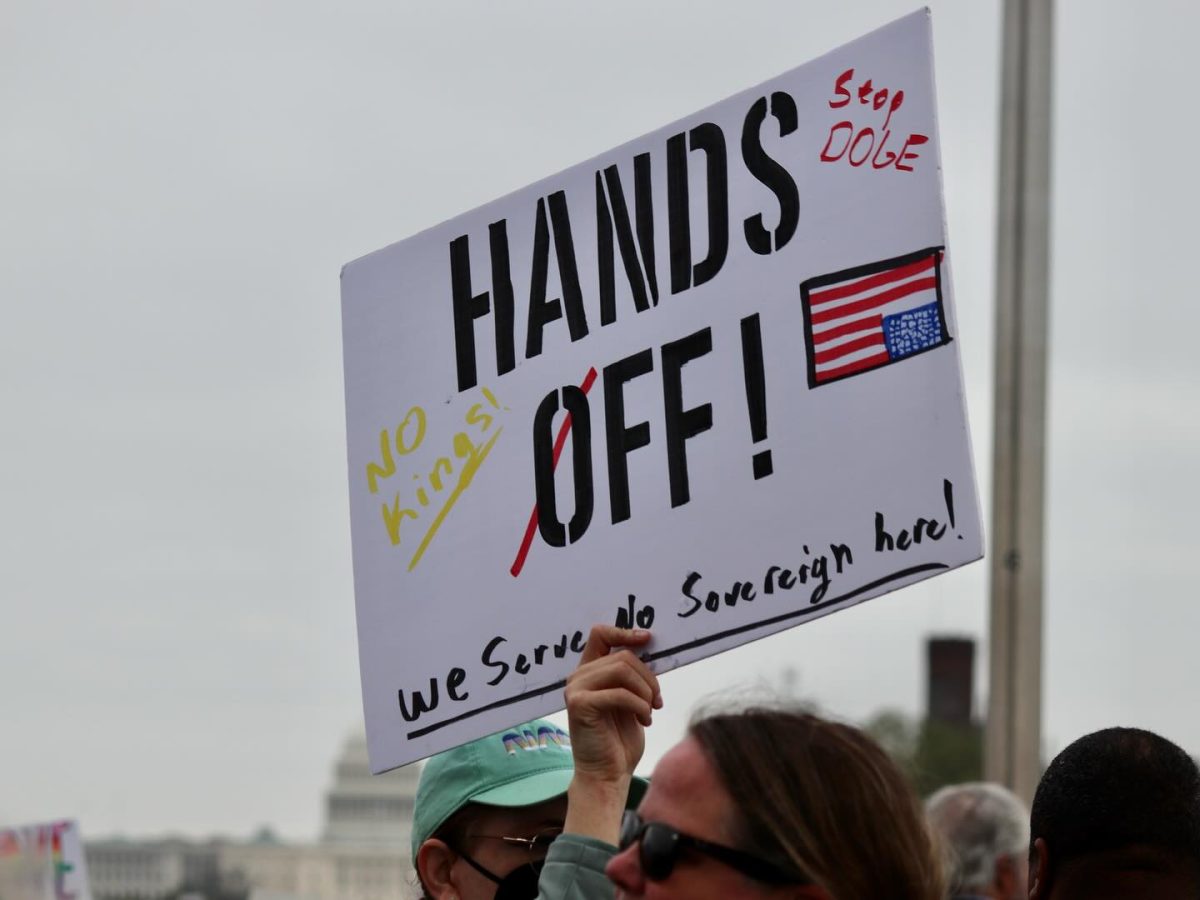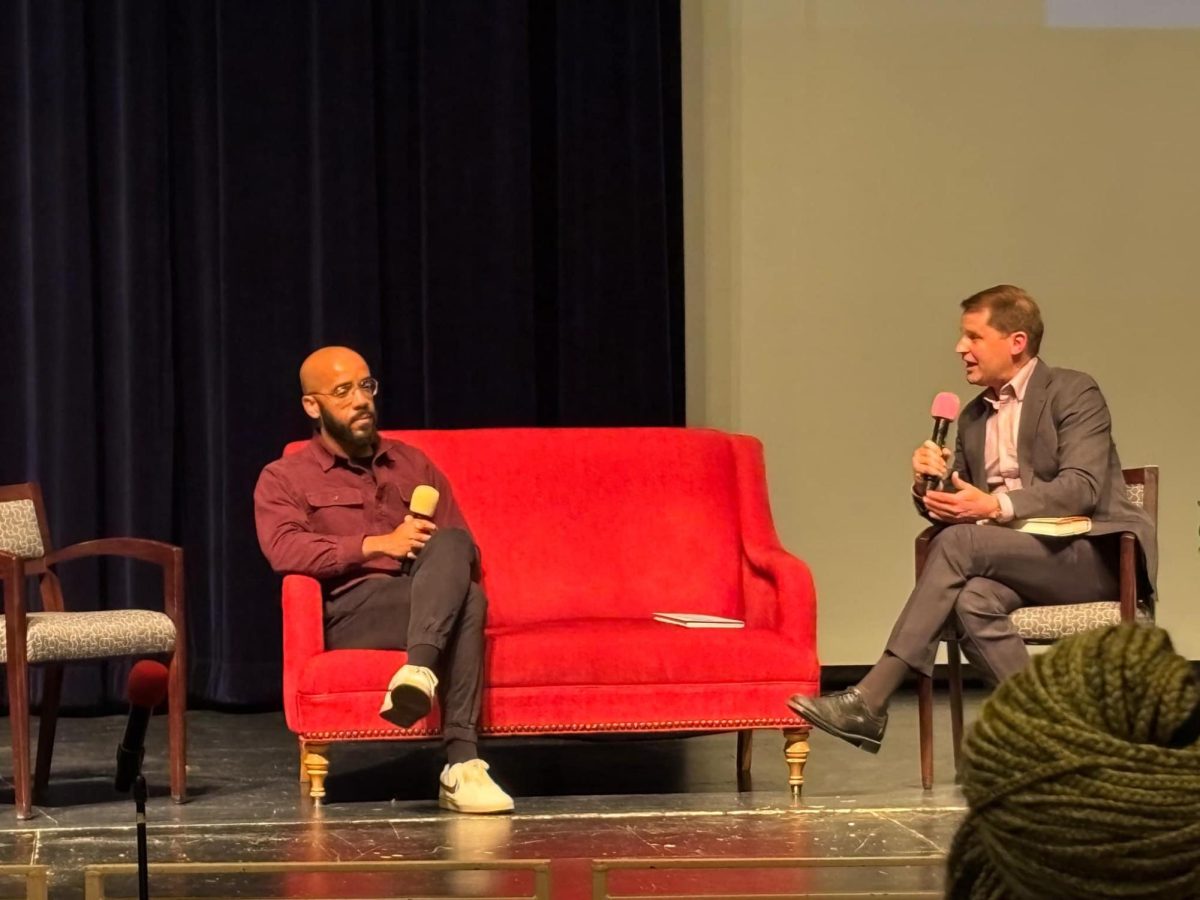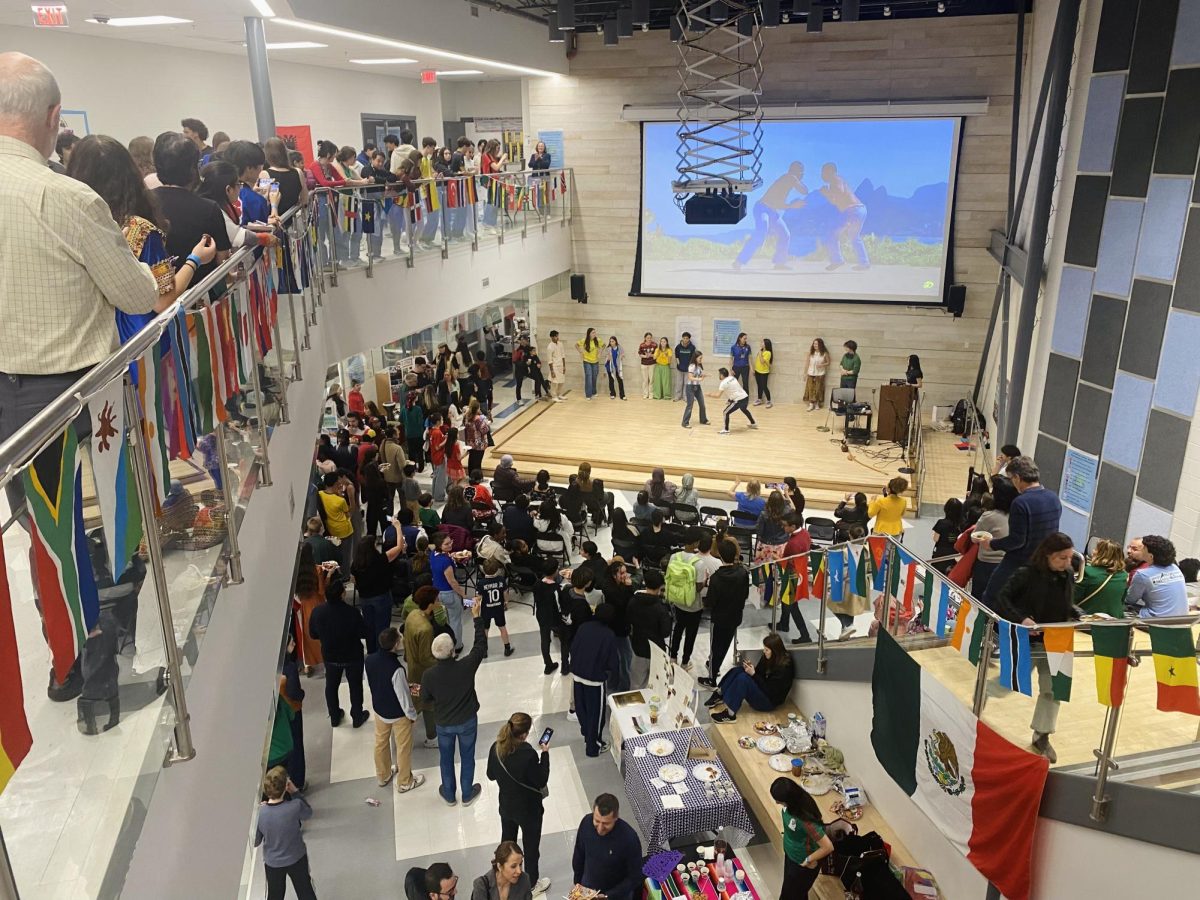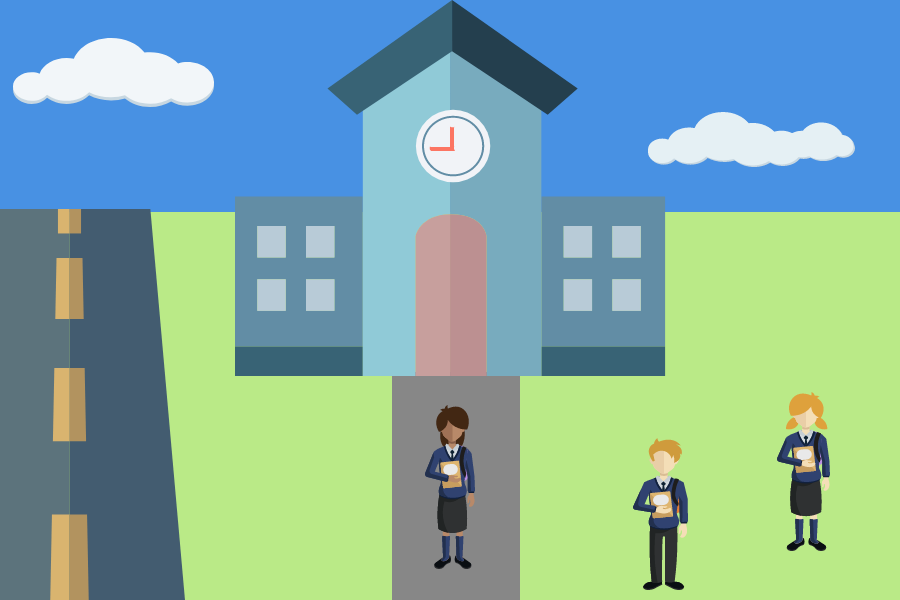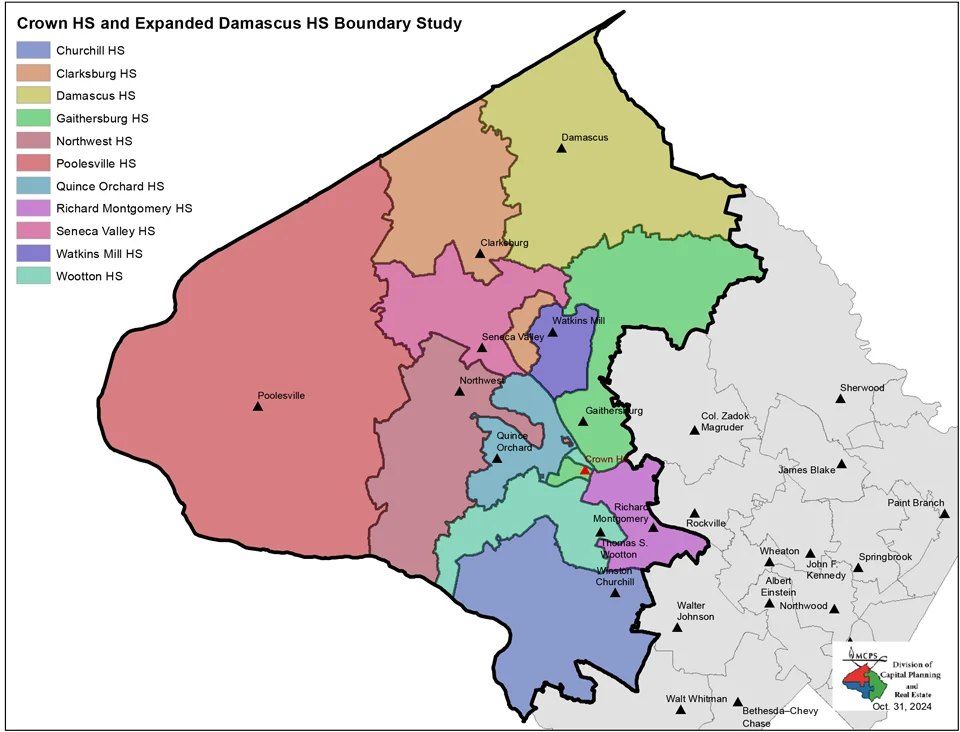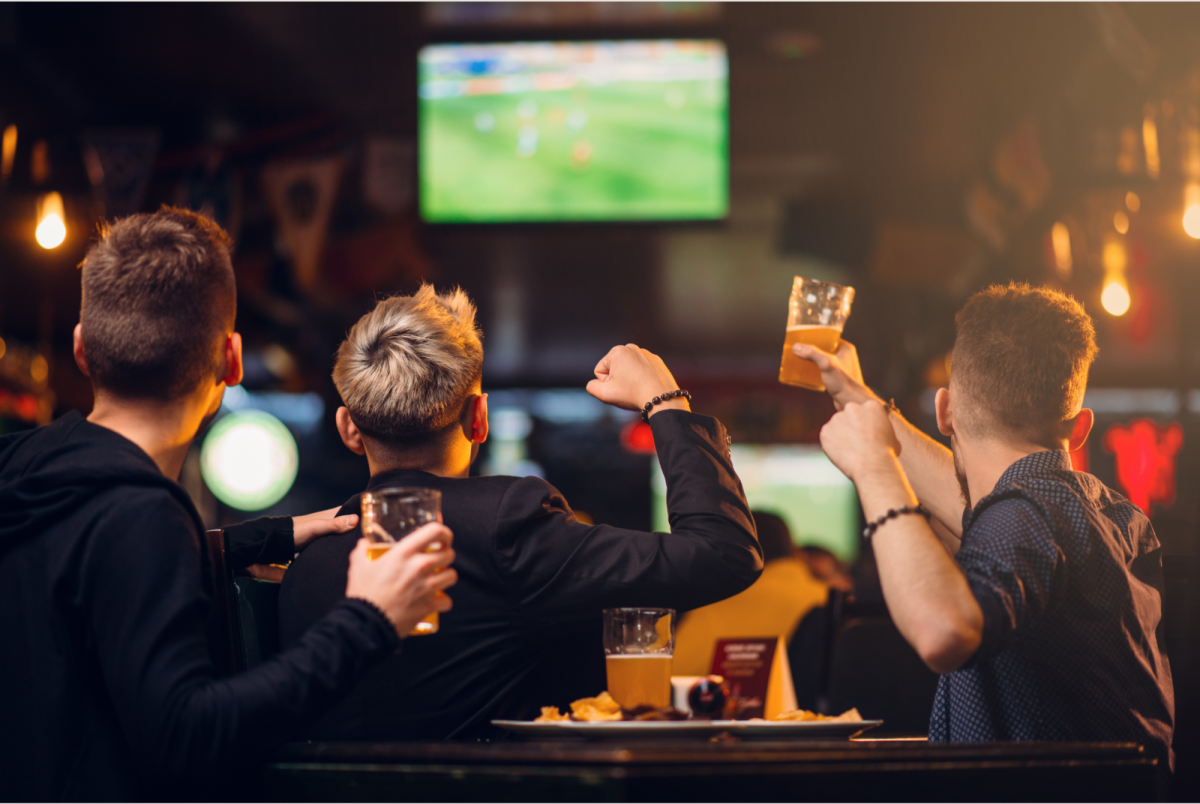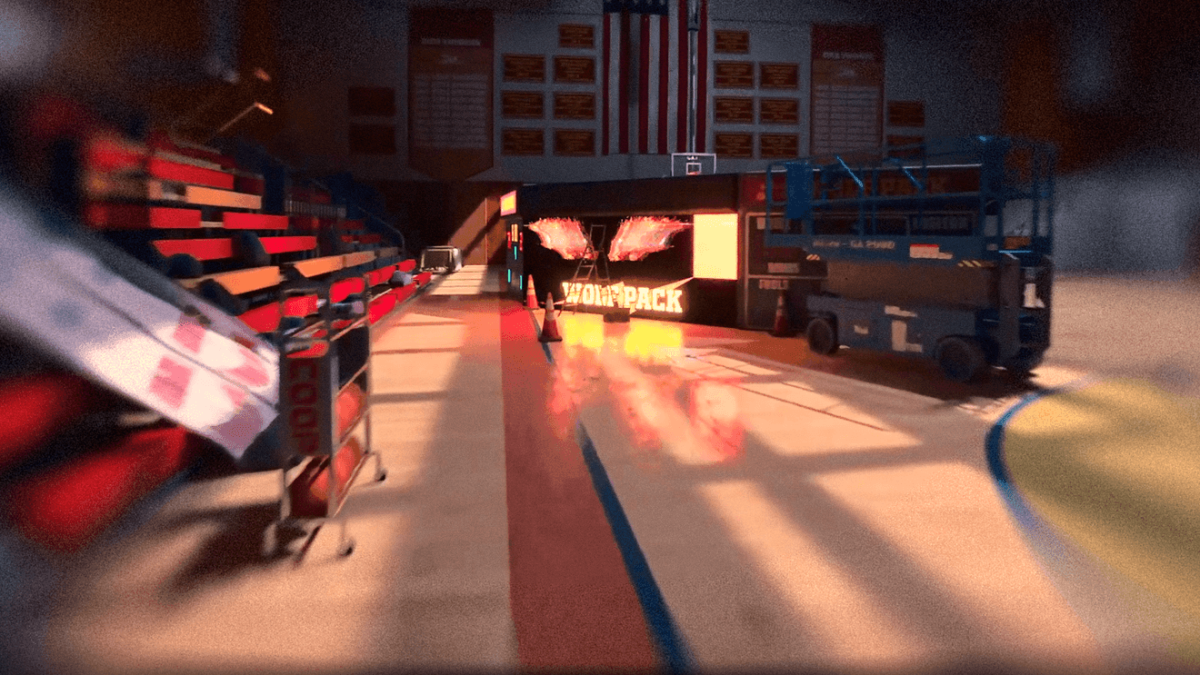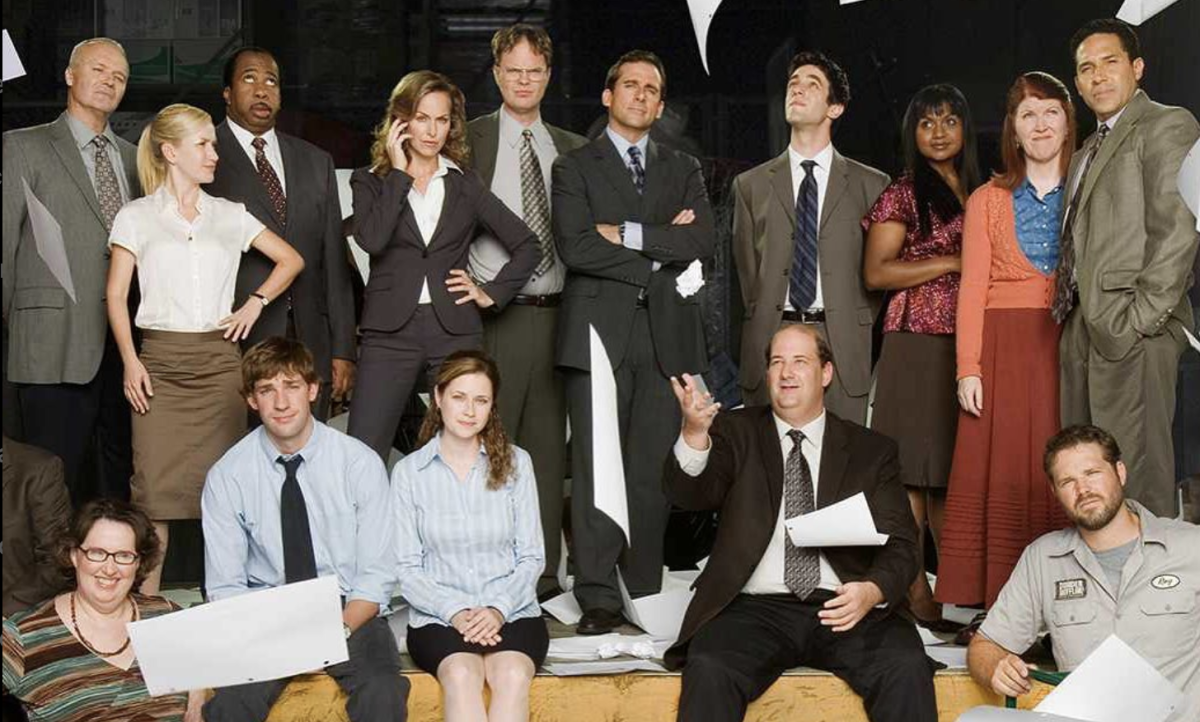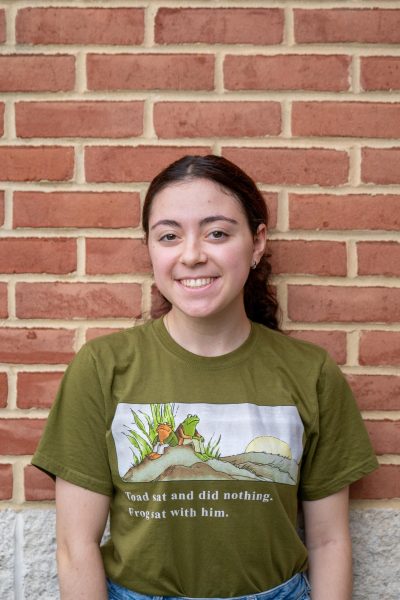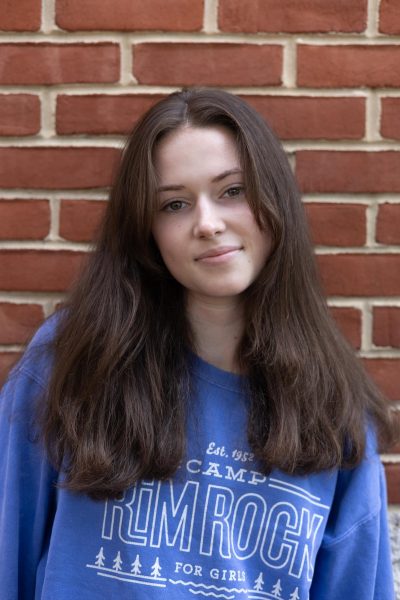On April 13, Whitman hosted its first Leadership Academy of Social Justice (LASJ) Social Justice Fair in the commons. Open to MCPS middle and high school students, the fair showcased people and organizations involved in social justice work, and over 160 students registered for the event.
In the aftermath of injustices like the murder of George Floyd, LASJ lead teacher Sheryl Freedman and other staff members created the program at Whitman to teach social justice principles. Starting in 2020 with the Introduction to Social Justice (LENS) class, the program has grown significantly — LASJ now offers nine multidisciplinary courses, with more to come next school year.
Operating under the core principles of identity, diversity, justice and action, LASJ aims to foster student leadership and advocacy. In 2019, Whitman administrators created OneWhitman, planning lessons presented to the school regarding various social justice issues.
Freedman, alongside other LASJ staff and students, spent months planning the fair, as a culminating event for the LASJ program.
“We wanted to lean into our core principle of action, and what organizations and people are doing the work we talk about in our classes,” Freedman said. “I wanted to show some real-world examples of that.”
The fair showcased local and national organizations such as PEN America, which aims to protect freedom of expression in literature, and the Chesapeake Bay Foundation, which works to protect the Chesapeake Bay through education, reforms and restoration. Lawyer and advocate Gigi Sohn gave a keynote address on her work in media representation and the digital divide, which refers to inequalities in Internet access and digital literacy. Additionally, speakers in attendance specialized in fields such as criminal justice reform and grassroots organizing and held breakout sessions for students to learn more about specific issues.
Ezra Pine, a legislative aide for Montgomery County Council member Laurie-Anne Sayles, discussed local politics, breaking down Montgomery County’s budget and discrepancies in school and community resources. Pine encouraged young people to actively participate in social justice initiatives to fight issues like the educational opportunity gap.
“When I look at my journey, I ended up getting involved by continuously pursuing what I was interested in and asking questions,” Pine said.
Junior LASJ student Sara Corbett thought the social justice fair effectively showcased the LASJ program and was an inspiring call to action for students. Participating in the LASJ enabled Corbett to act on her passion for social justice.
“I always have my ‘why,’” Corbett said. “I know why I want to do the work. I’ve always been very committed and passionate about social justice. In LASJ, I found my how.”
The LASJ program recently opened applications to high school students around the county. Freedman expects around 30 students from other MCPS high schools to attend the program next school year.
Freedman believes that the program has made tangible changes at Whitman, such as increased student awareness and involvement in various school and community issues.
“What history has shown us is that young people are the ones that make most of the change,” Freedman said. “Seeing models of what social justice can look like can inspire young people to do the work right and to clean up the messes that many of the older generations have made.”



